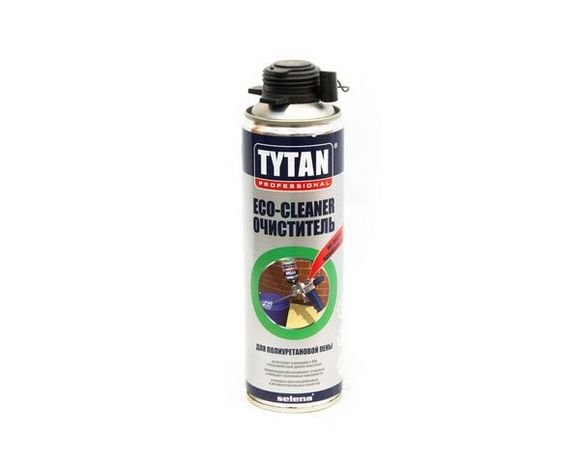How and what to wipe the polyurethane foam from hands - choice of method, recommendations
At the stage of construction and finishing work, it is necessary not only to deal with the choice of materials, but also to take care of how to remove the compounds accidentally caught on the skin, namely, how to wash the foam from the hands. Such a nuisance can happen with fairly experienced craftsmen, not to mention novice builders.
When deciding how to wipe the polyurethane foam from your hands, it all depends on whether it has time to harden. Some products will help to remove the liquid mass, but in this case it is necessary to prepare them in advance before starting work. It can take precious minutes to find a suitable substance, and as a result, the foam will harden and it is already necessary to use completely different cleaning agents.
Tip: Before performing any manipulations, as soon as the sealant has come into contact with the skin, it is necessary to remove the excess substance.
If you have a question about how to remove foam from your hands, it is proposed to implement one of the ways:

There is information that the drug Dimexide is very effective in removing polyurethane foam. This is a fact confirmed in practice, however, this solution is best used on other areas (floors, walls, etc.), since the medicine is quickly absorbed into the skin of the hands, which can cause side effects.
The nuances of removing foam in a frozen form
If, for some reason, it was not possible to cleanse the skin of your hands in a timely manner, you will have to think about how to wipe off the dried polyurethane foam. Solvents do not affect the solid state of the sealant. For this purpose, any abrasive mechanical action is suitable: hard brush, pumice... Coarser grit sandpaper will work as well.
Tip: Before proceeding with mechanical processing, you should steam the skin, for which the hands are immersed in hot water for several minutes (no more than 10 minutes).
The sequence of actions at the cleaning stage:
- hands are lubricated with a cream of high fat content, oil, which will reduce the intensity of the effect of an abrasive surface on sensitive skin;
- brush / pumice is soaped;
- it is necessary to clean the skin of foam carefully and at the same time, providing sufficient pressure so that the sealant layer begins to lag.
If you succeed in removing the foam, you need to wash your hands, and then spread it again with cream.
In the case when the basic funds have been tried, and the skin has not become perfectly clean (there are small areas, traces of foam), you should be patient and wait 2-3 days. During this time, skin cells are regenerated, and there will be no trace of impurities. If, before starting to work with the sealant, the user was poorly prepared and does not know how to wash the polyurethane foam from the skin of his hands, mistakes are often made: improvised means (Domestos, acetic acid) are used. In such a situation, you can easily get burned, but the result will still not be. Therefore, you need to sensibly approach the issue of cleaning, avoiding ineffective, but at the same time quite dangerous in certain conditions means.
Advice: Considering that hands are in any case exposed to aggressive substances or abrasives, it is recommended to apply a cream with regenerating and antiseptic properties to the skin at the end of the foam removal process.
So that in the future you do not have to look for a solution to the problem, than you can wipe the polyurethane foam from your hands, you should prepare more carefully:
- when working with the sealant, wear protective goggles, gloves;
- work clothes are used, as they are more likely to be stained;
- the hair must be closed, because in this case it will not work to remove the foam without damaging the hair;
- all interior items and furniture are covered with foil, cardboard.
For work, it is advisable to invite an assistant, since the sealant hardens very quickly and you need to insure yourself: somewhere you have to fix the protective covering of the furniture, in another place hold the gun or remove a drop of foam that quickly comes out under pressure.
Thus, the best hand cleaner is the one that is most suitable for working with a substance of a certain structure. Liquid sealant is easier to remove with a special solvent, acetone. Even kerosene and warm sunflower oil will do. The hardened foam is removed mainly with abrasive products (emery, pumice, hard brush). Foam cleaning should be done as quickly as possible, as removing the hard sealant is more difficult.
Tweet
Plus

